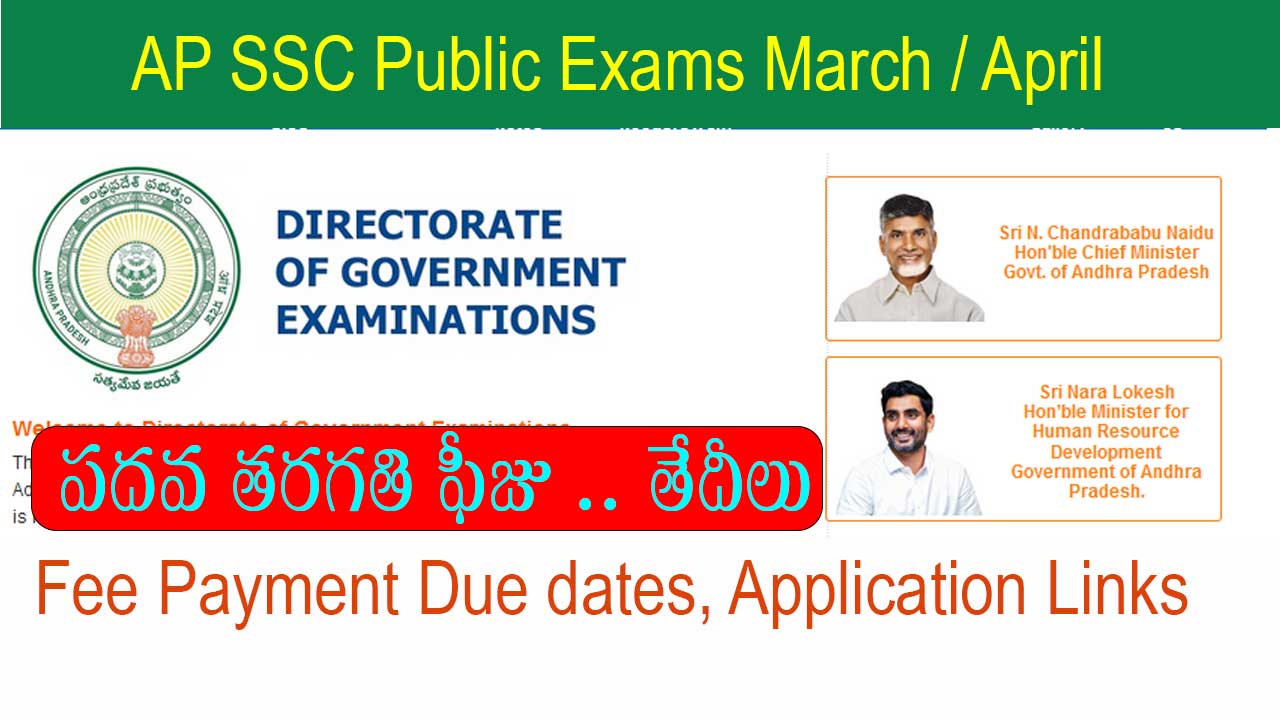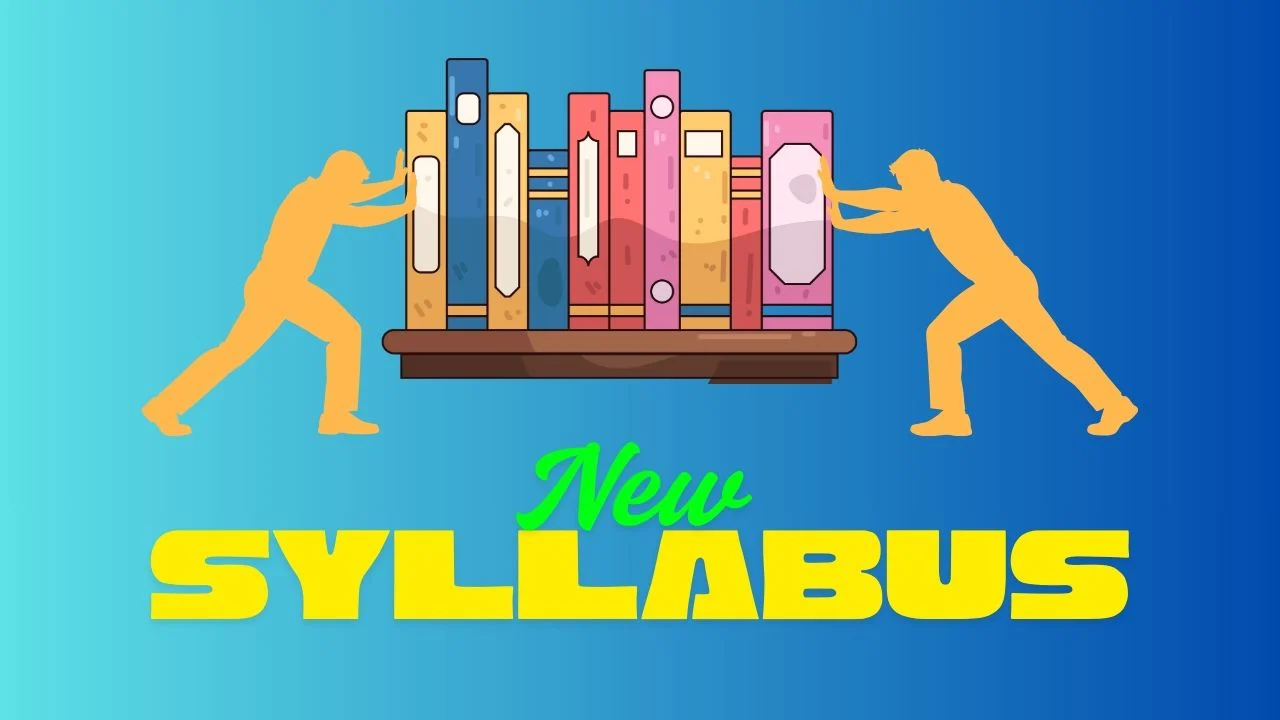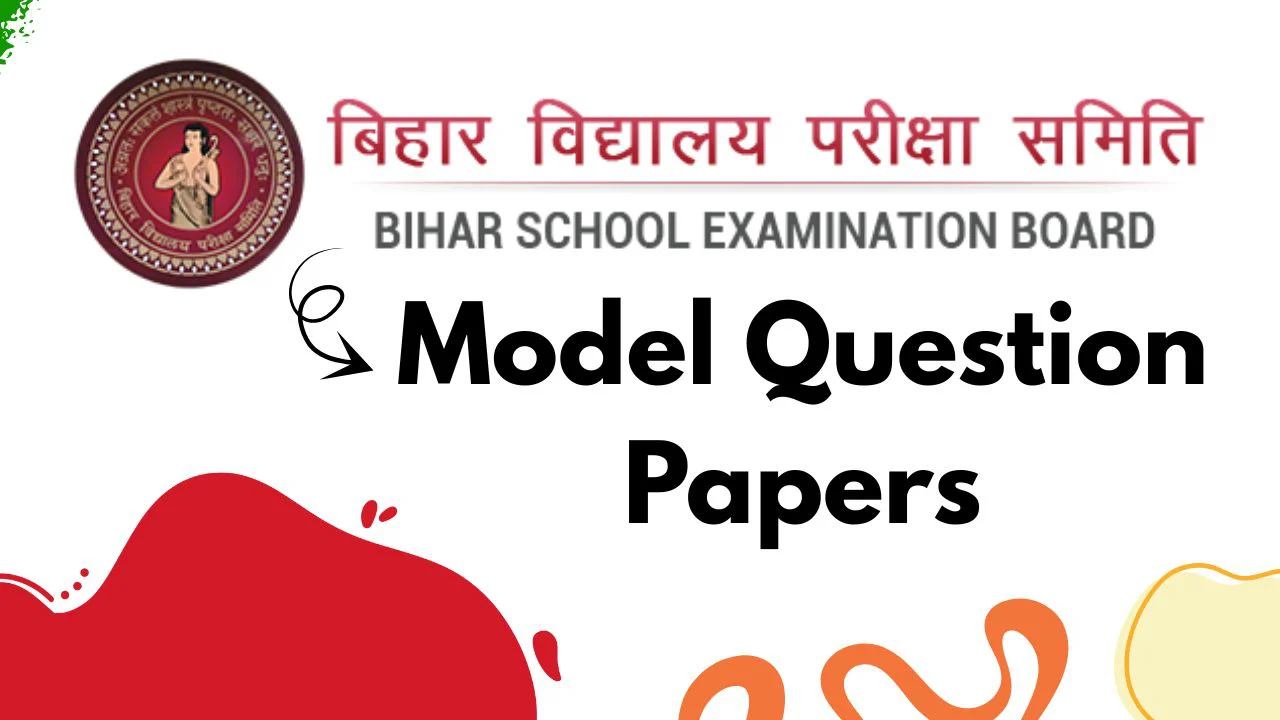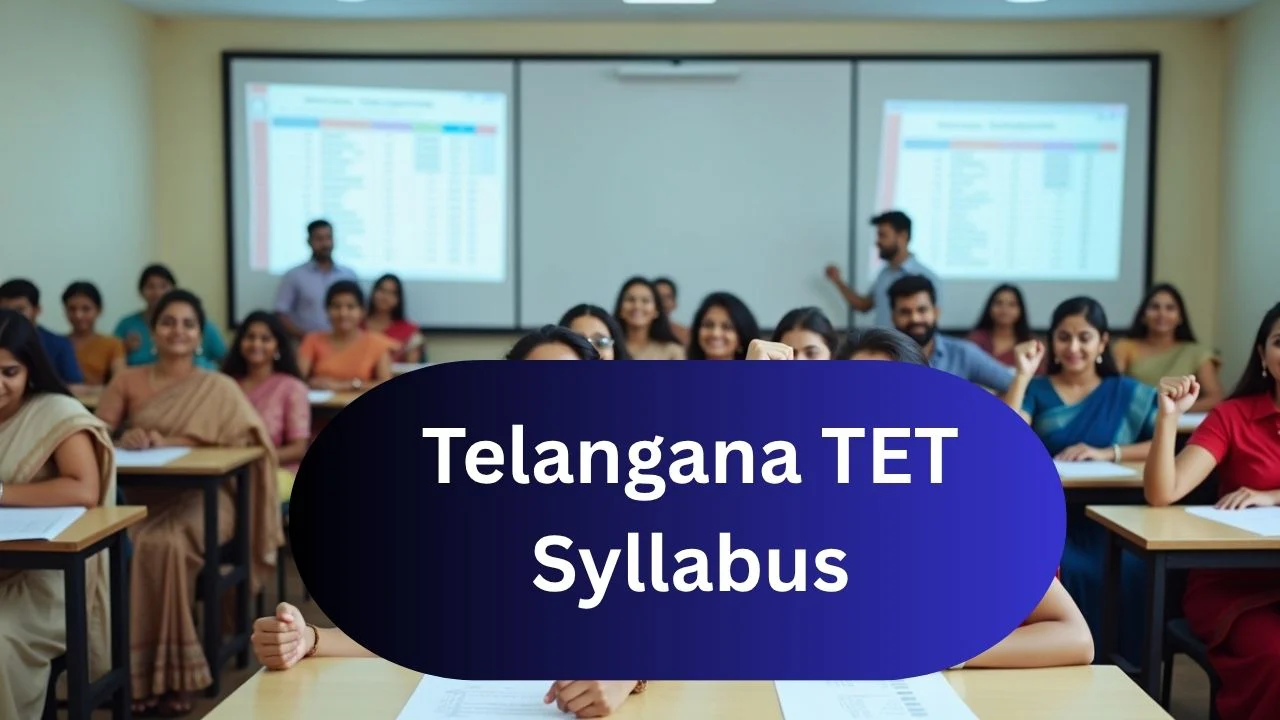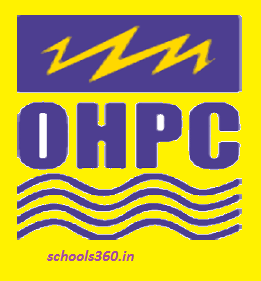Army Agniveer Syllabus PDF: Indian Army Recruits Agniveer Posts Across the Country with a Salary of Rs. 30000/- per month + Allowances. Lakhs of Aspirants willing to Work in Indian Defence Forces apply for these Posts. There were Agniveer (GD), Agniveer (Technical), Agniveer (Technical Aviation & Ammunition Examiner), Agniveer Clerk and Other Posts. Candidates Having Qualifications from 8th to Diploma/Degree can Apply for these Posts.
Indian Army Agniveer Exam Summary
| Recruitment Organization | Indian Army |
| Post Name | Agniveer Posts |
| Number of Vacancies | 25000+ |
| Job Location | Across India |
| Salary | Rs. 30000/- per month + Allowances |
| Apply Mode | Online |
| Selection Process | CBT, PET and PMT |
| Article Category | Syllabus |
| Official Website | joinindianarmy. nic. in |
Indian Army Agniveer Posts Selection Process
Selection to Agniveer Posts in the Indian Army will Contain a Written Test on Basic Subjects and General Knowledge and Physical Measurement and Medical Examination and Other Tests. Candidates after Qualifying in Online Written Exam (CBT) will be called for Physical Fitness Test and Physical Measurement Test which will be conducted by Army Medical Team at the Rally site as per Army Medical standards and policy in vogue on the subject issue.
Selection will on three Phases. First Phase is Online Texam.
Indian Army Agniveer Exam Pattern
In the First Phase, the Indian Army Conducts a Computer-based Exam that will be conducted at Selected Canters Across India.
- Passing Marks- 80
- Marking Scheme- 4 marks will be given for each correct answer
- A negative Marking of 1 mark will be deducted for each Wrong answer
Army Agniveer Technical Exam Pattern
| Subjects | No. of Questions | Max. Marks |
| General Knowledge | 10 | 40 |
| Maths | 15 | 60 |
| Physics | 15 | 60 |
| Chemistry | 10 | 40 |
| Total | 50 | 200 |
Indian Army Agniveer Clerk Exam Pattern
| Part | Subjects | No. of Questions | Max. Marks | Pass Marks |
| Part -1 | General Knowledge | 05 | 20 | 32 |
| General Science | 05 | 20 | ||
| Maths | 10 | 40 | ||
| Computer Science | 05 | 20 | ||
| Part-2 | General English | 25 | 100 | 32 |
| Total | 50 | 200 | 80 | |
The General Science section of the Agniveer exam includes questions from Physics, Chemistry, and Biology. The questions asked are of the 10th standard level of CBSE. However, the difficulty level may vary in the exam for the Agniveer (Technical) post. Students Should gain Knowledge from NCERT books of Physics, Chemistry and Biology to cover their General Science syllabus.
Indian Army Agniveer Technical Syllabus 2024
| Subjects | Syllabus |
| General Knowledge | The test will include questions relating to India and its neighbouring countries, especially about History, Culture, Geography and who’s who. In addition Abbreviations, Sports, Awards and prizes, Terminology, Indian Armed Forces, Continents and Sub Continents, Inventions and Discoveries, the Constitution of India, International Organizations, Books and Authors, Knowledge of Important events that have happened in India and at world level in the recent years, Current important world events, Prominent personalities etc. |
| Physics | Physical Properties and States for Matter, Mass, Weight, Volume, Density and Specific Gravity, Principle of Archimedes, Pressure Barometer, Motion of objects, Velocity and Acceleration, Newton’s Laws of Motion, Force and Momentum, Parallelogram of Forces, Stability and Equilibrium of bodies, Gravitation, elementary ideas of work, Power and Energy, Heat and its Effects, Sound waves and their properties, Reflection and refraction. Spherical mirrors and Lenses, Type and properties of the magnet, Static and Current Electricity, conductors and Nonconductors, Ohms Law, Simple Electrical Circuits, and Heating. |
| Maths | (i) Algebra. (ii) Matrices & Determinants. (iii) Analytical Geometry. (iv) Trigonometry. (v) Integral Calculus. (vi) Differential Calculus. (vii) Probability and Statistics. (viii) Number Systems. (ix) Fundamental arithmetical operations. (x) Mensuration. (xi) Area, Volume and Surface Area. |
| Chemistry | Physical and Chemical changes. Elements, Mixtures and Compounds, Symbols, Formulae and simple Chemical Equations, Law of Chemical Combination, Properties of Air and Water, Preparation and Properties of Hydrogen, Oxygen, Nitrogen and Carbondioxide, Oxidation and Reduction, Acids, bases and salts, Carbon and its forms, Natural and Artificial Fertilizers, Elementary ideas about the Structure of Atom, Atomic, Equivalent and Molecular Weights, Valency. |
| General English |
|
| Computer Science | Computer System
Concept of memory
Input/Output Devices
MS-Windows
Introduction to Windows
MS-Word
MS-Powerpoint
MS-Excel
|
| Biology (Will be given in any of the Science Subjects) | Basic Biology, Life process, Study of Birds, Human Beings, Uniqueness of the human body, Food and Health, Necessity of balanced diet, Wasteful Food Practices, Food Yield, Essentials for good health, Cycles of materials, Ecological balance, Living Resources, Habitat and Organisms, Adaptation. |
Note:- The above syllabus is not a comprehensive list of topics about the subject. Questions are designed to test the candidate’s general awareness of the environment around him and its application to society. Questions are also designed to test knowledge of current events and such matters of everyday observation and experience as may be expected of an educated person. At times questions may be asked other than the above topics but definitely within the syllabus of CBSE.
| Download the Syllabus for Army Agniveer Technical | Download PDF |




